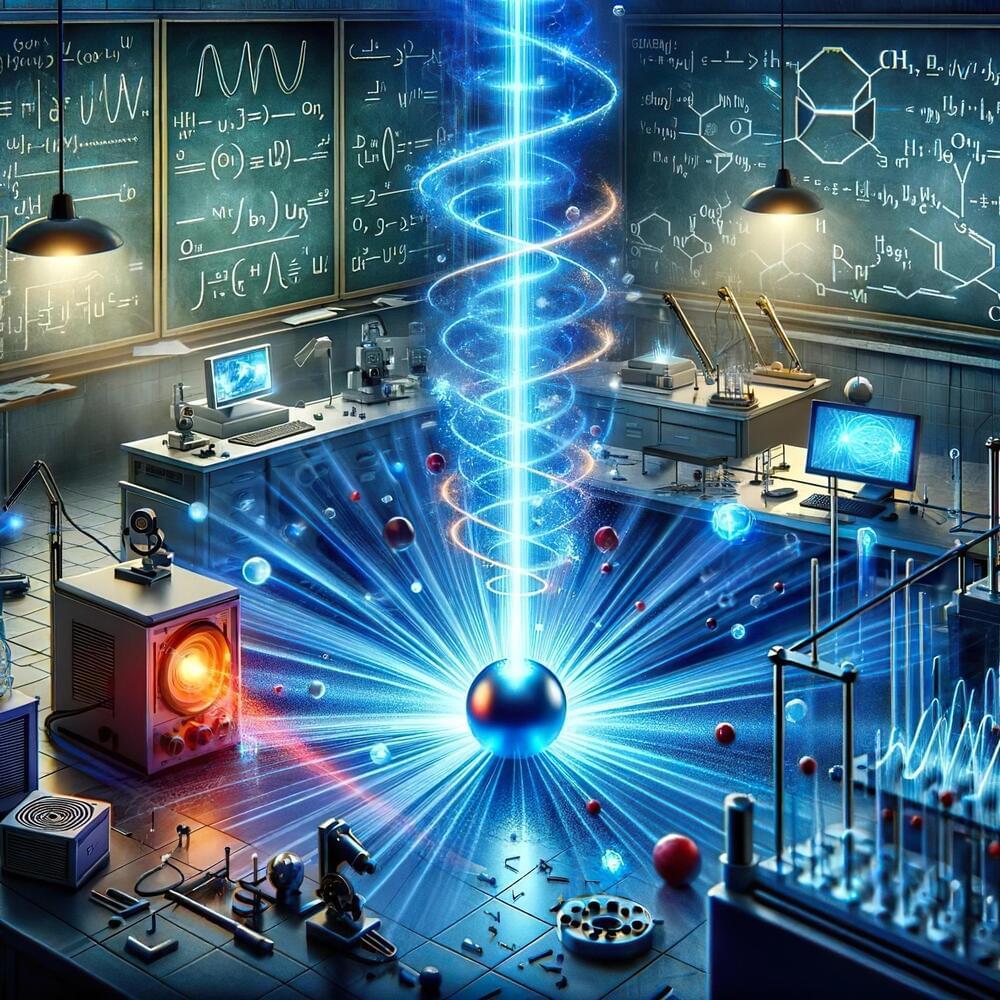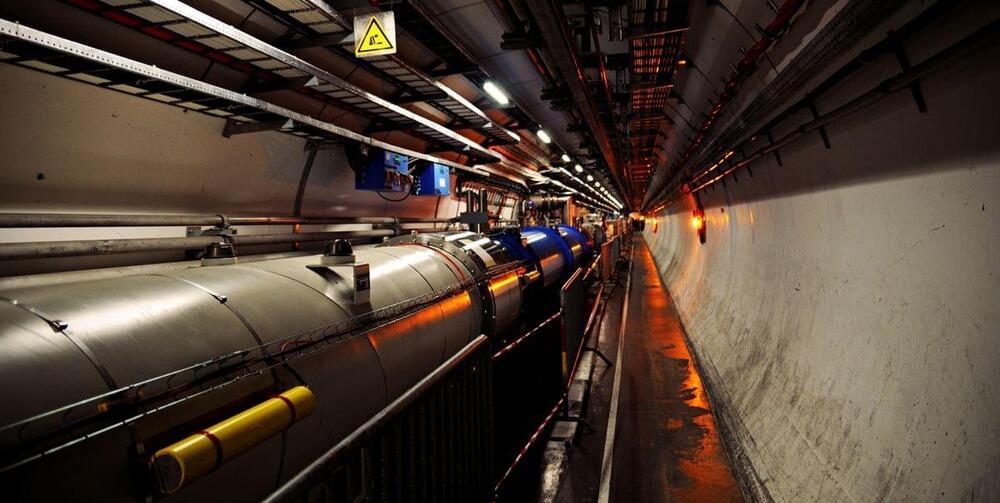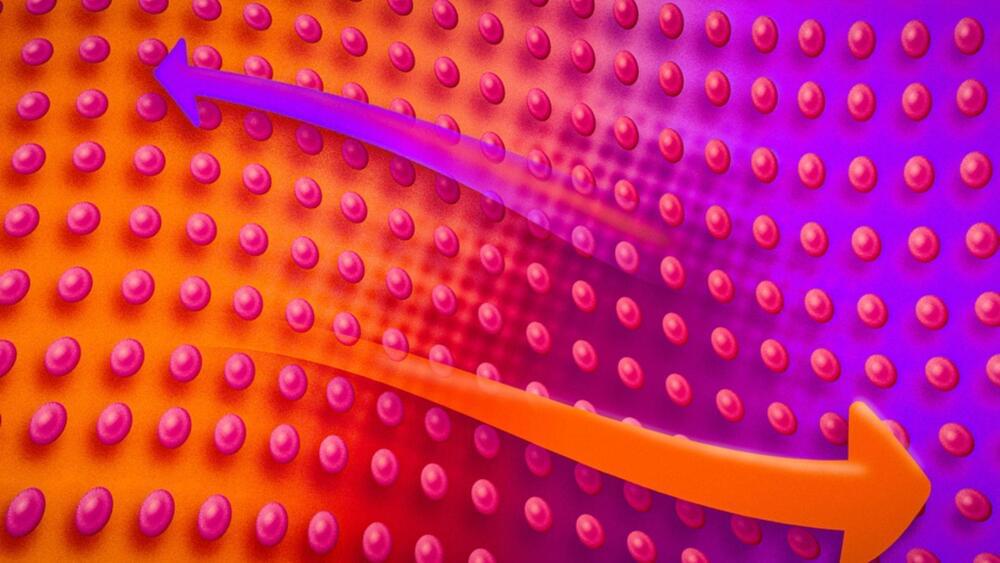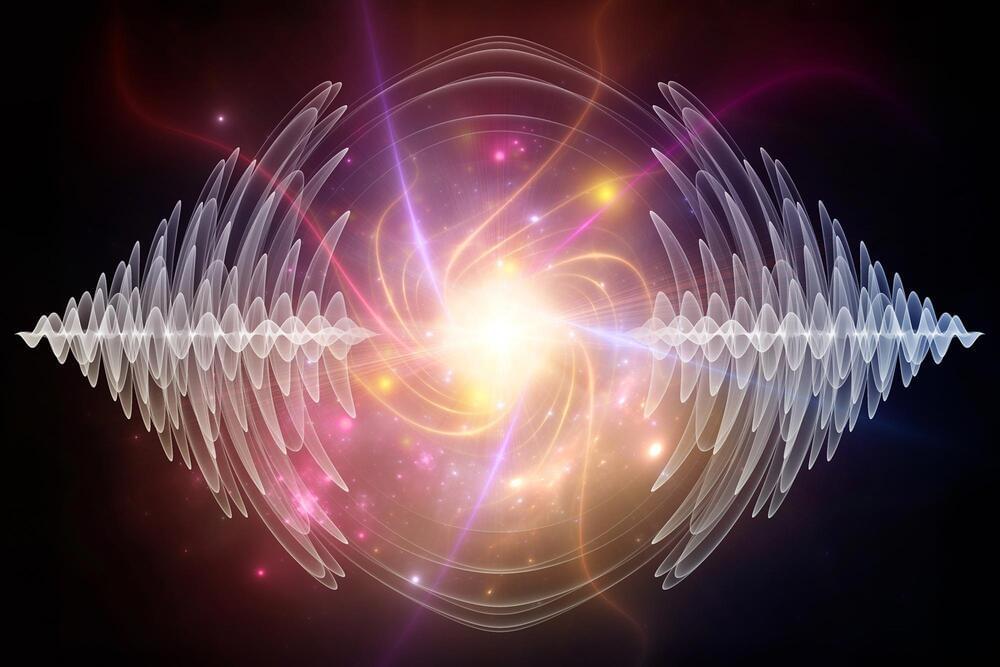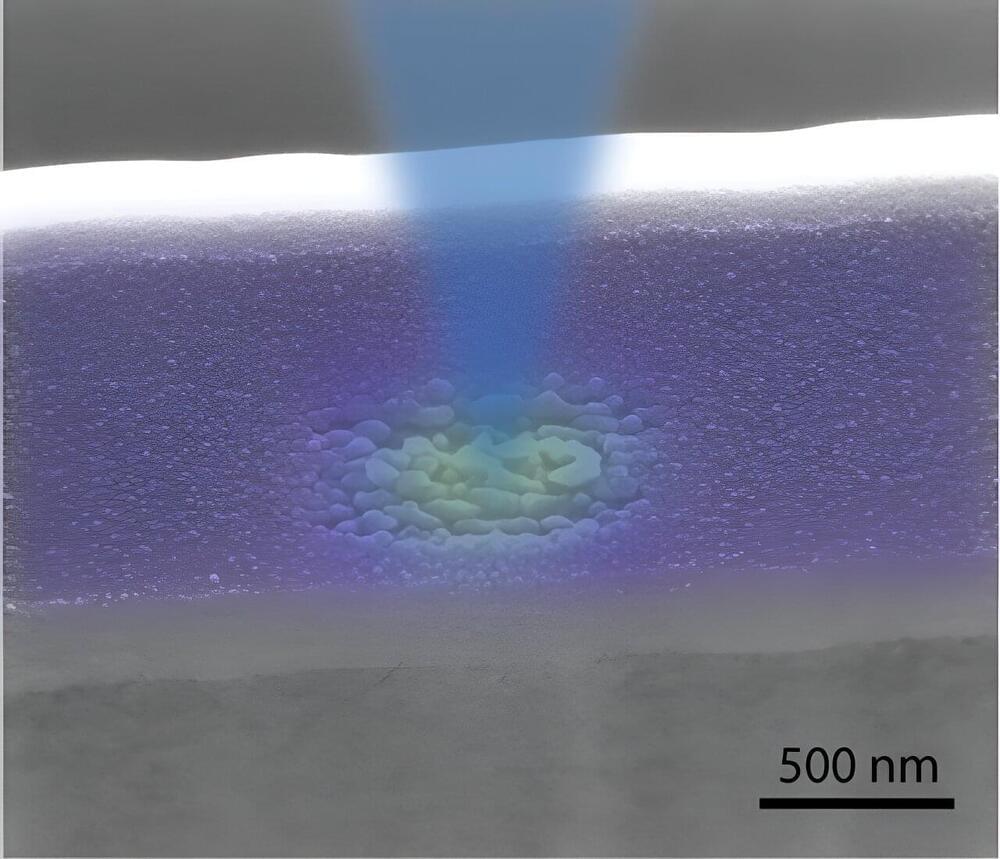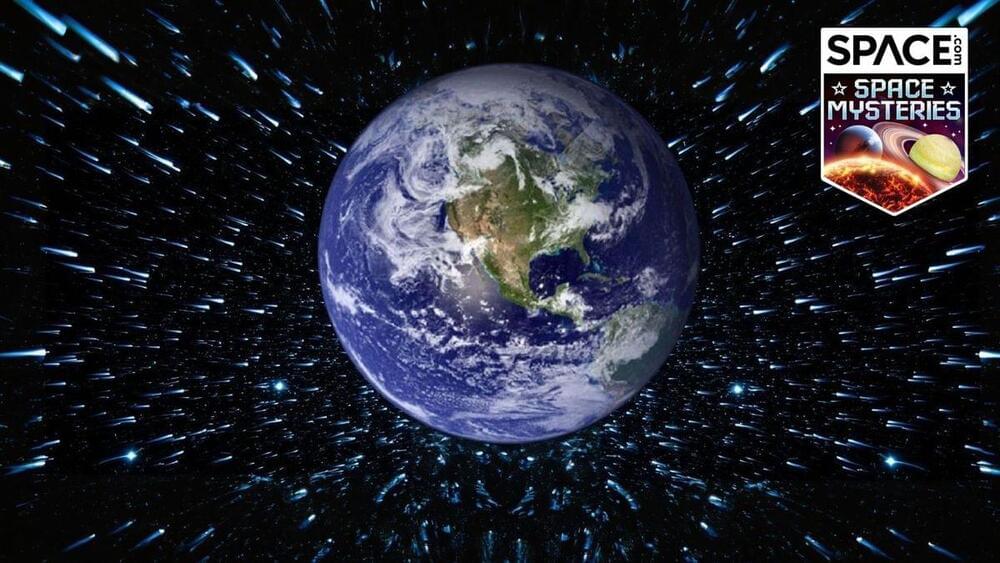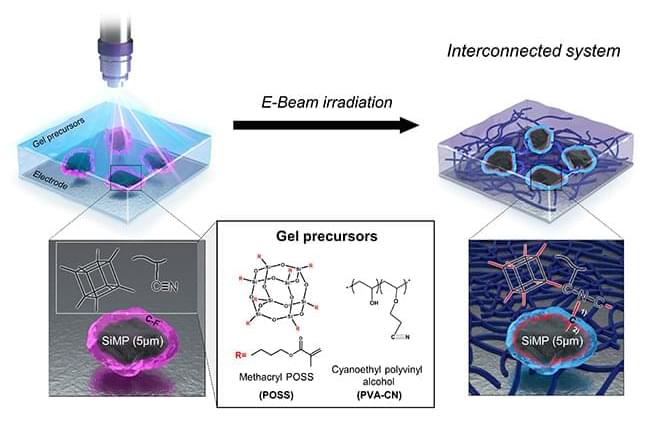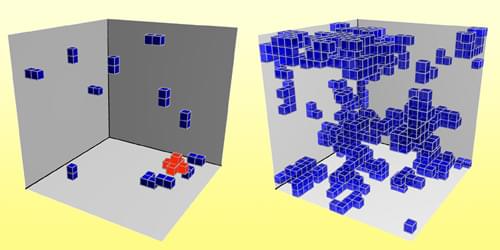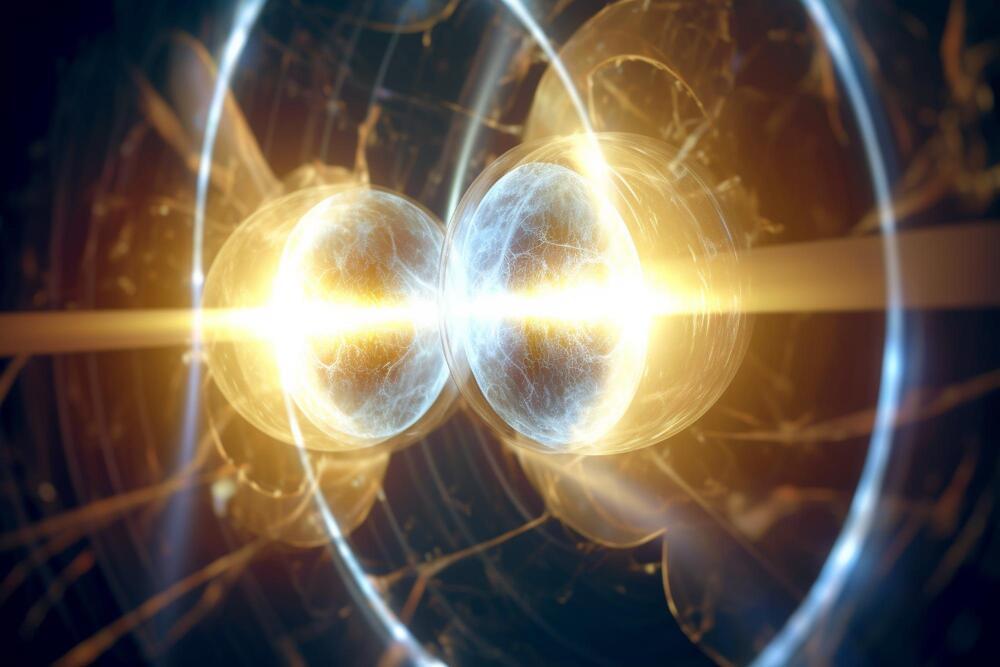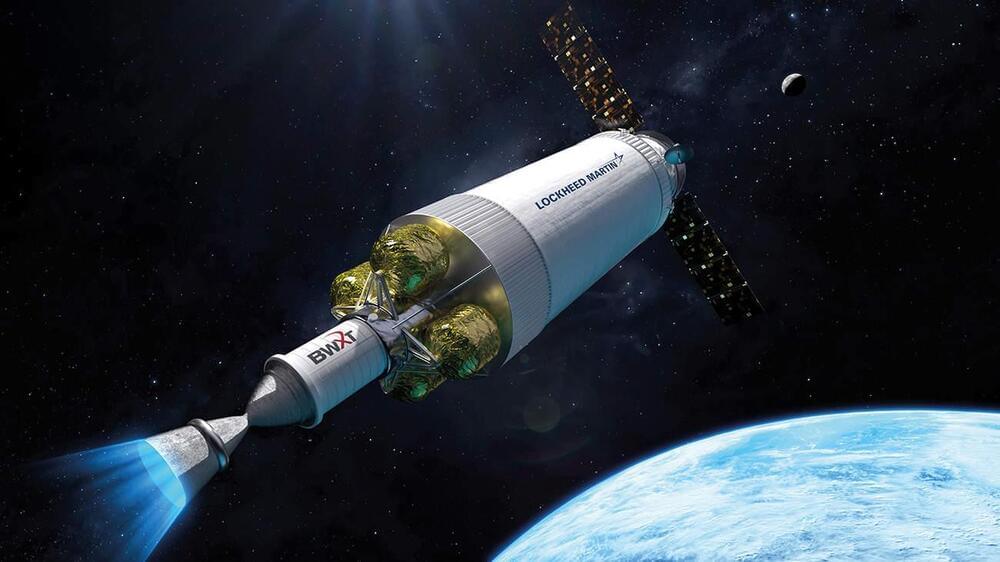Feb 11, 2024
Challenging Conventional Understanding — Scientists Discover Groundbreaking Connection Between Light and Magnetism
Posted by Paul Battista in categories: computing, particle physics
Recent research conducted at Hebrew University has uncovered a previously unknown connection between light and magnetism. This finding paves the way for the development of ultra-fast memory technologies controlled by light, as well as pioneering sensors capable of detecting the magnetic components of light. This advancement is anticipated to transform data storage practices and the fabrication of devices across multiple sectors.
Professor Amir Capua, head of the Spintronics Lab within the Institute of Applied Physics and Electrical Engineering at Hebrew University of Jerusalem, announced a pivotal breakthrough in the realm of light-magnetism interactions. The team’s unexpected discovery reveals a mechanism wherein an optical laser beam controls the magnetic state in solids, promising tangible applications in various industries.
